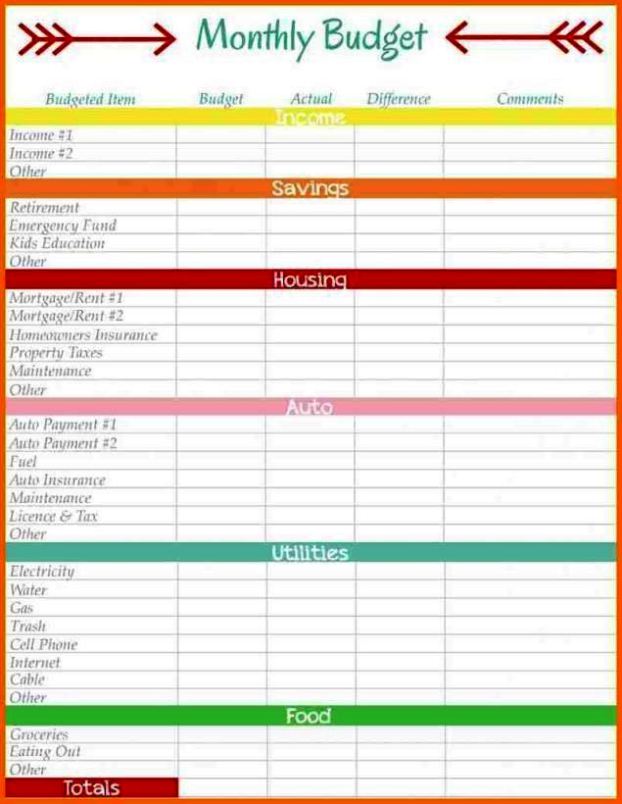

It involves spending 50% of your income on essentials, 30% on leisure/non-essentials, and putting 20% in savings. Many people find using the 50/30/20 rule helpful. You might want to try using a budgeting 'rule' at this point. Use your average earnings and compulsory spending figures for the past three months to estimate how much disposable income you’ll have in future months, adding in any one-off payments you know are on the way.įrom there, you can set a reasonable budget for your disposable income, along with achievable savings targets. With an accurate picture of your average spending now at your fingertips, it should be easy to draw up a monthly budget you can stick to. Tip: at this point, you may discover you’re regularly spending more than you earn. Our guide to paying off your debts could prove useful in this scenario. If you put money into savings, note down how much money you store away each month too. Note how you’ve spent your disposable income in the previous three months.

Next, it's time to add a layer that looks at how you spend your disposable income.Īn accurate review of how you’ve previously spent your disposable income will prevent you from under or over-budgeting in certain areas. This will show you how much is typically left for ‘non-essential’ spending each month which will form your disposable income. The more accurate your figures are, the more useful your budget will be.Ĭalculate your total expenditure for each of the past three months and subtract this from your monthly earnings. Look at your bank statements, household bills and credit card bills for this task. We’ve included multiple forms of income just to show how that would work, but you may well just need to include your monthly salary here (which would be much easier). Here’s our example of the ‘income’ section of a budget. If your main income arrives more frequently, you may prefer to make a weekly or fortnightly budget. In the example below, our budgeter is paid a monthly salary and they do occasional freelance work on the side.

information on any other income you may have.Ī lot of this 'paperwork' will be virtual these days, so it might be best to open up several tabs and emails on your phone or laptop or print things out if you think it'll help you.details of your savings and pension contributions.a few months' worth of bank statements.It's a good idea to gather all the paperwork you’ll need before getting started, so get hold of: Set aside at least an hour to create your budget. Follow the five tips below if you've never budgeted before, or if you're just looking for a financial fresh start.


 0 kommentar(er)
0 kommentar(er)
